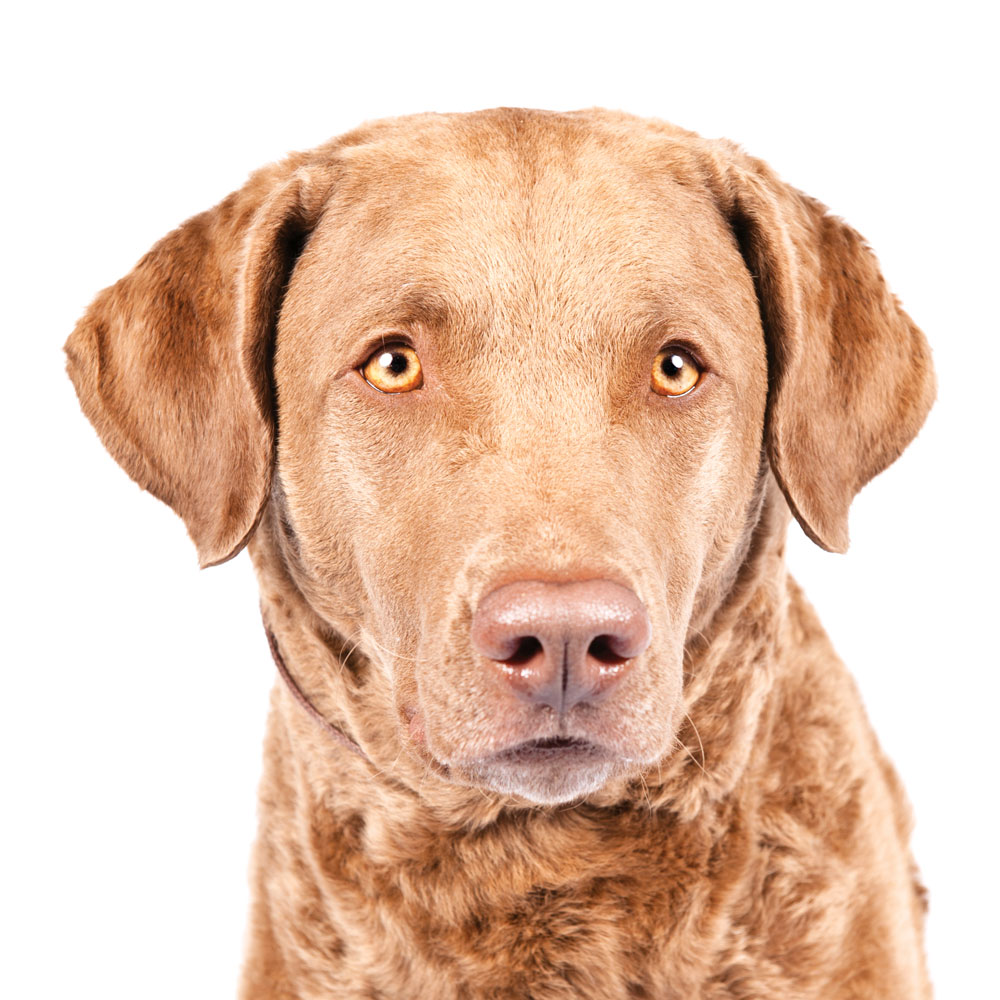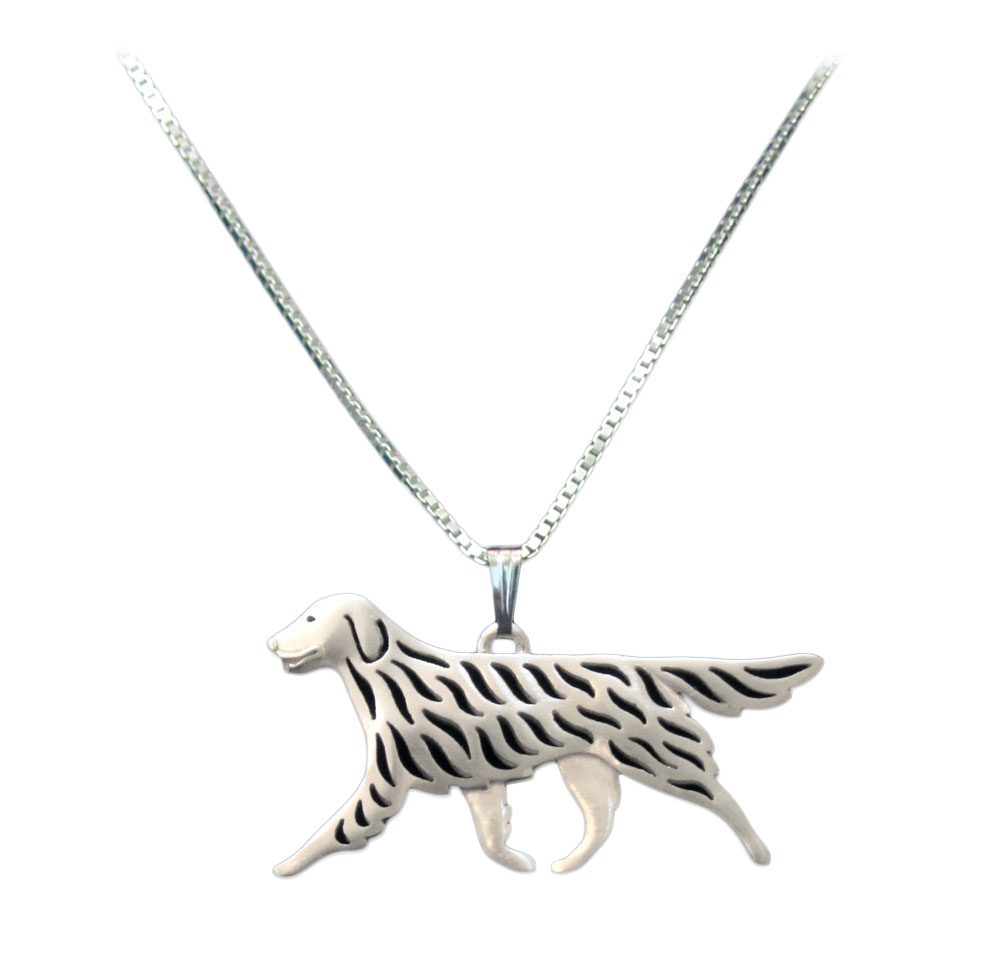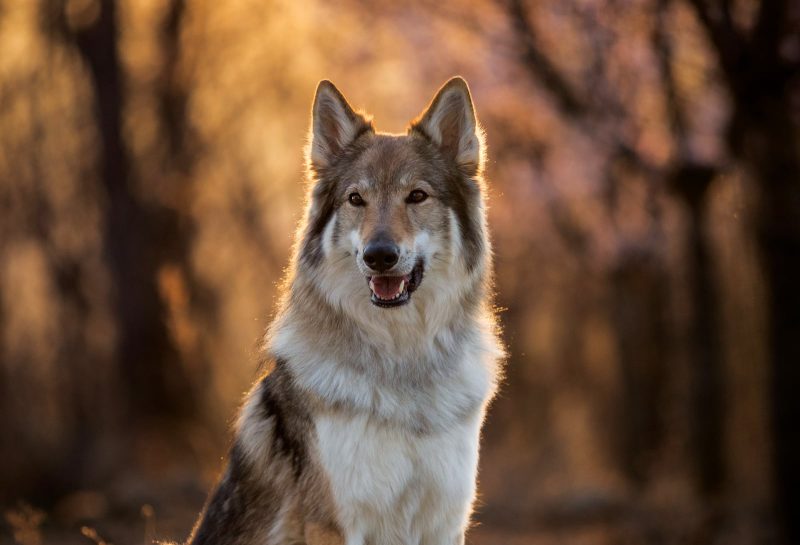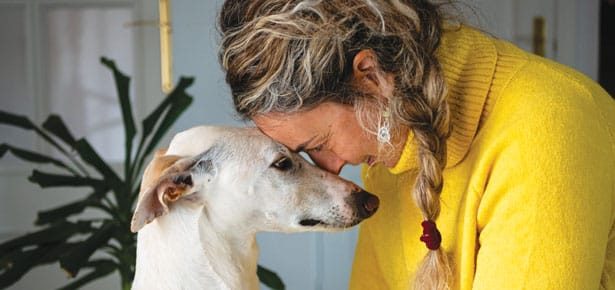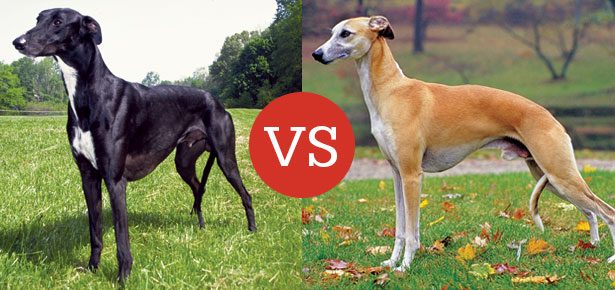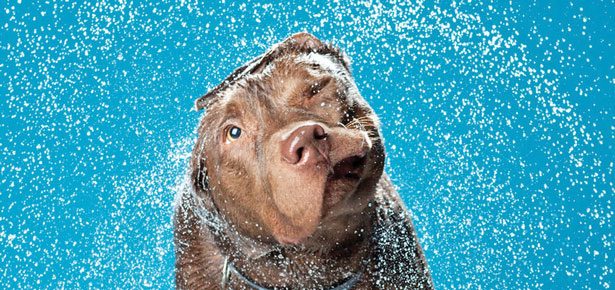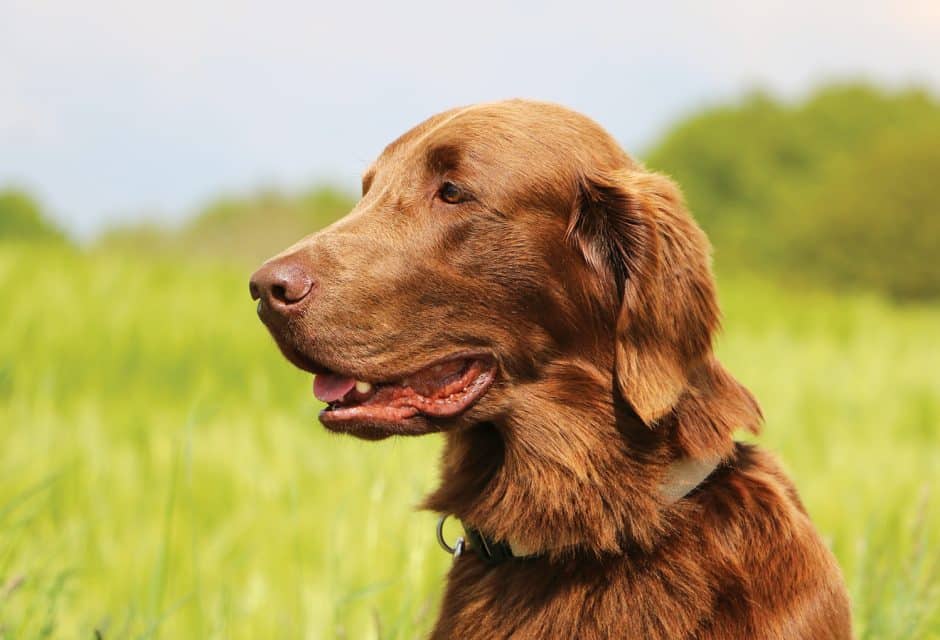
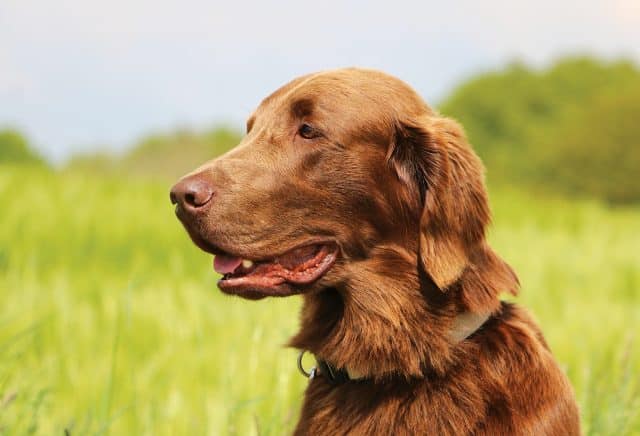
The Flat-Coated Retriever
Lab and Golden lovers, prepare to fall in love—this rare retriever might be the best kept secret in the dog world.

When you first glance at a Flat-coated Retriever, you might think you’ve spotted yourself a black or brown Golden Retriever. To be sure, his similarities to other Retrievers are obvious; however, make no mistake about it: the Flat-coat is his own, unique breed.
At the time the Flat-coat was developed, a “Retriever” referenced a particular function—that of flushing and retrieving birds—not specific breeds. Gun dogs, as they were called, included any number of setters, spaniels, mixes, and what today we call Labrador Retrievers.
Today’s Flat-coated Retrievers were developed in Britain primarily by members of the upper class. Exact records don’t exist to detail the variety of breeds that were used to create the Flat-coat, but Collies, Newfoundland Dogs, Labrador Retrievers, and various setters and spaniels all seem to have been a part of the mix in the early years. By the middle of the 19th century, distinct types of Retrievers were established. Fanciers were striving to breed to type, which by then included a Wavy-coated Retriever who would ultimately become today’s Flat-coat.
The Wavy-coats were bred for intelligence, scenting ability, a soft mouth, obedience, bravery, and a gentle spirit with a desire to please. For practical reasons, size was factored in, as it was clear to many that the larger Newfoundland-type dogs were more difficult to transport and required considerably more food.
The early Wavy-coated Retrievers were bred with black Retrievers in an effort to flatten out the coat and soften it from its original, more wiry texture. There was some resistance to this. Hunters argued that while the soft, flowing coat looked pretty in the show ring, the wavy, coarse coats were actually more resistant to water and brush. There was a strong desire, from these early days, to ensure that the function of this hunting dog didn’t get sacrificed to the whims of those whose focus was more on creating a pretty dog. They succeeded, however, in managing both, creating over time a working breed that can transition from the show ring to the field in no time flat. This is an important and proud aspect of the breed’s early and continued development.
That soft, luxurious coat was a show-stopper—and for whatever reason in those early days, it was the black variety Wavy-coats that caught the eyes of dog show judges. As a result, the black-and-tan or more golden versions of the breed were bred out over time. Black and liver-coloured Flat-coats are all that remain today.
So, with its beauty, winning personality, and ability in the fields, why isn’t the Flat-coat more common? The answer is multi-fold. Along came the Labrador Retriever, which was recognized by The Kennel Club (TKC) in 1903 and by the American Kennel Club (AKC) in 1915. The Labrador Retriever’s popularity soared, along with the Golden Retriever, and eclipsed the Flat-coats to a considerable degree. On top of this loss of public interest, both World Wars had a devastating impact. As with so many breeds, the Flat-coated Retriever emerged from World War II close to extinct, and it came down to the concerted efforts of a handful of dedicated fanciers who worked diligently to preserve and advance the breed.
Breed Hallmarks
The AKC accepts the Flat-coated Retriever in either solid black or liver coloured coats. Size ranges from 23 to 24 ½ at the withers for males and 22 to 23 ½ for females. In conformation, excess weight is a no-no. These dogs should weigh 55 to 8o pounds, with the males on the higher end of the scale. This is a dog that should be able to leave the show ring and head straight to the fields—and he does.
The head of this breed is distinctive. Described by the AKC as a “one-piece head,” it has minimal stop, meaning the bridge of the nose (the indent between nose and forehead) is almost non-existent. The overall effect is that the Flat-coat’s skull looks seamless as it transitions from the muzzle to the back of the skull. There is nothing unnatural or exaggerated in his head, which is set back into a relatively long neck. All in all, it’s just another thing that sets him apart from the Retriever crowd.
Having spent a lot of time with a lot of puppies, I must admit a bias. I think the Flat-coated Retriever puppies may be among the cutest, if not *the* cutest, in dogdom. I have gotten lost in those soft, soulful eyes a few times. And temperament? A dream. Yes, of course there is a lot of ‘dog’ in this Retriever. He’s an athlete, a hunter, a tough dog through and through. But outshining all of those traits is this: his sweetness. These dogs are smart and obedient, loyal and brave—but they are sensitive and loving, too.
Classic people-pleasers, they thrive on praise, positive reinforcement, and affection. They crave time with their people. There is more than a little bit of the goofball in every Flat-coat—a sense of puppy-like wonder and joy to be found in, well, pretty much everything. From my experience, this seems to last with them through the years. Flat-coated Retrievers are a truly forever-young breed, which explains why countless sources refer to this as the “Peter Pan” of dogs.
What’s he like to live with? Let’s start with his versatility. Yes, he’s a pretty dog, but he’s a hard worker by nature. The Flat-coat is an up-for-anything breed, game to try new things. With his smarts and obedient nature, he can master any number of activities that you throw at him.
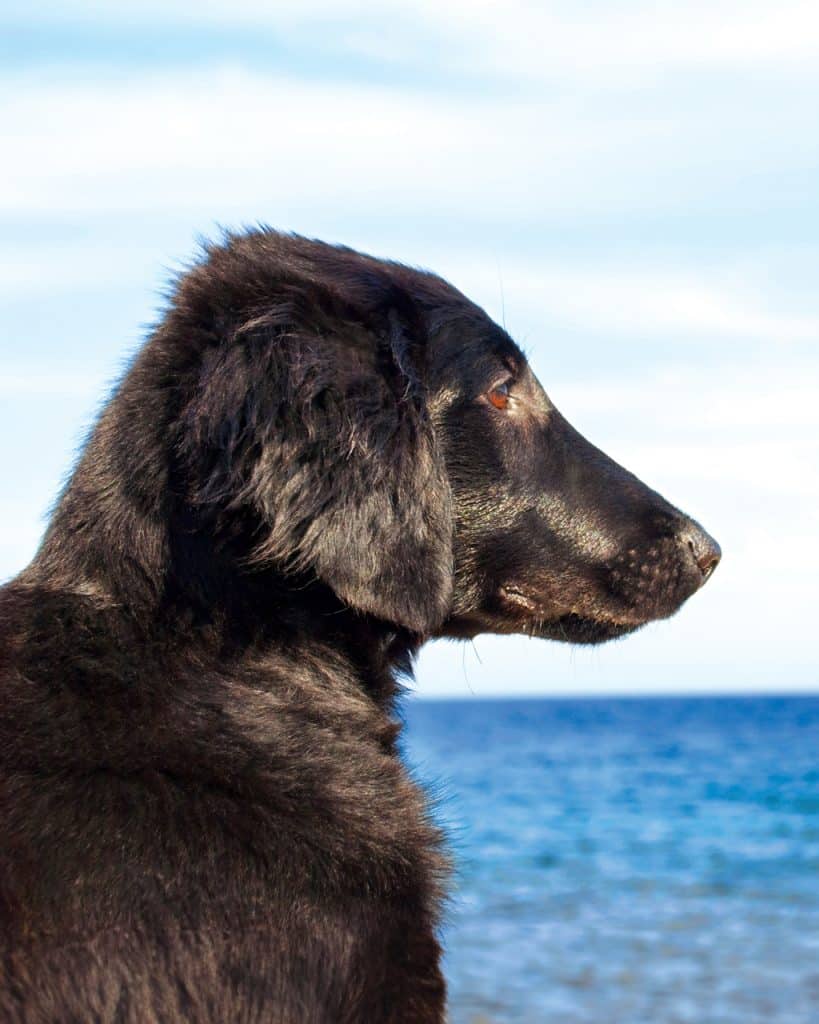
Nelosa/Bigstock
Profile: The Flat-Coated Retriever
Size: Large
Male height ranges from 23 to 24.5 at the withers; 22 to 23.5 for females. Weight range is from 55 to 80 pounds.
Activity Level: 4/5
He’s a working dog and and needs a walk, run, or swim every day, along with play time and hopefully a sporting activity. That said, he can turn off that energy and play the couch potato at home as well.
Grooming: 2/5
That glorious coat doesn’t require a vast amount of work. The occasional bath and regular brushing will keep him looking dapper.
Heritage:
He’s a dual purpose hunting dog, created by the British gentry in the 1900s, and used to retrieve game both on land and in water.
For more information on Flat-Coated Retriever rescue in the U.S. and Canada, visit facebook.com/FCRSARescue.
Speaking of which, basic obedience training is advised for this and every other dog. The good news is that this is a smart breed, very keen to “get it right” and please his people.
As far as activity level goes, he needs long, brisk daily walks at a minimum. Any sporting activities are worth a look, because he’s got game and he’ll be so happy to spend time with you and seek your approval that he’s bound to excel in just about anything you throw at him. Play-time with this fun-loving breed is also important. And water? Well, if you give him a chance to swim, he’ll dazzle you with his skills and most likely will thank you forever. Hearty and athletic though he may be, bear in mind this is a family dog. He’ll always love the outdoors, but he’s meant to live indoors.
When he’s not working, swimming, running, or just goofing around to burn off steam, he’ll shift to his secondary role: couch potato. The Flat-coat is fairly quiet in the home, and quite content to just “be” with the person he loves. Yes, he’s a wonderful family companion, especially if you’ve got a good sense of humour. The breed is slow to mature, and his puppy-like exuberance and general goofballery never entirely go away.
Health-wise, the Flat-coated Retriever is a hearty breed, but as with all purebreds some inherited genetic conditions could crop up. As with any breed, if you’re getting a puppy from a breeder, it’s important to work with someone who is committed to the wellness and longevity of the breed, and who tests their foundation stock for diseases.
Technically, this is a rather rare breed. In 2018, the Flat-coated Retriever ranked 91 out of 192 registered breeds. His cousin, the Labrador Retriever? Number one for over 30 years!
Most Popular Dogs in the US
According to the most recent AKC registration statistics (2022)
[1] French Bulldog
[2] Labrador Retriever
[3] Golden Retriever
[4] German Shepherd
[5] Poodle
[6] Bulldog
[7] Rottweiler
[8] Beagle
[9] Dachshund
[10] German Shorthaired Pointer
[103] Flat-Coated Retriever
So, there you have it. He’s one of the best-kept secrets of the entire Retriever family—a fact that fanciers are fine with, by the way. He’s too special, really, to be higher up on that list.
While he may be most well known for that glorious, silky coat, and his rather distinctive head shape, in reality it’s his heart that sets him apart. Sensitive and loving, this one is a bit of a Velcro dog—wherever you go, there he is. And lucky you are to be in the company of this sweet soul.
If you like the Flat-coated Retriever, you might also consider the:
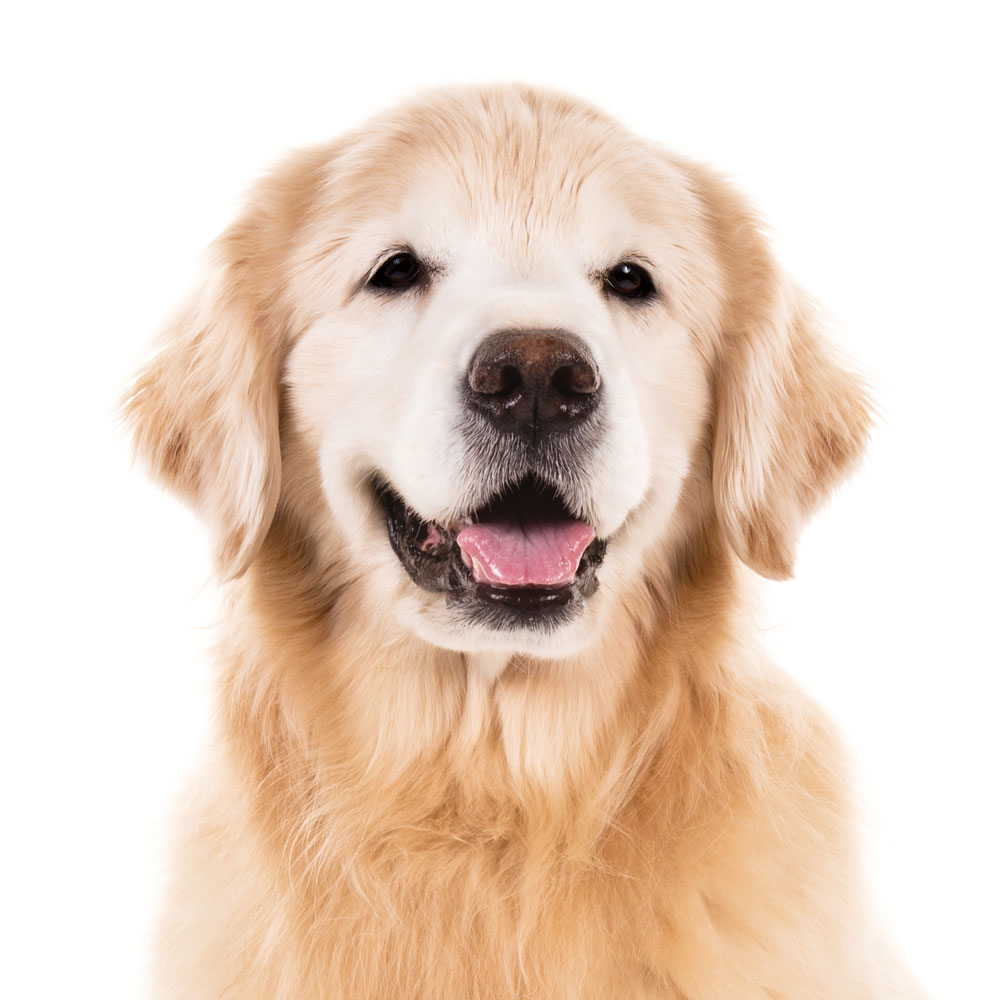
Golden Retriever Curly-coated Retriever Chesapeake Bay Retriever

» Read Your Breed For more breed profiles, go to moderndogmagazine.com/breeds
Join the newsletter and never miss out on dog content again!
"*" indicates required fields
By clicking the arrow, you agree to our web Terms of Use and Privacy & Cookie Policy. Easy unsubscribe links are provided in every email.


